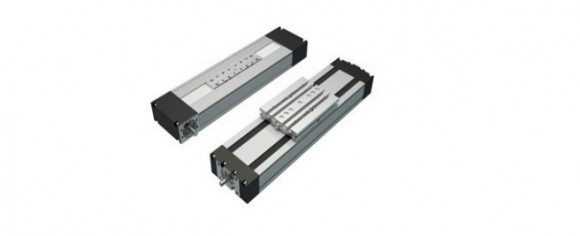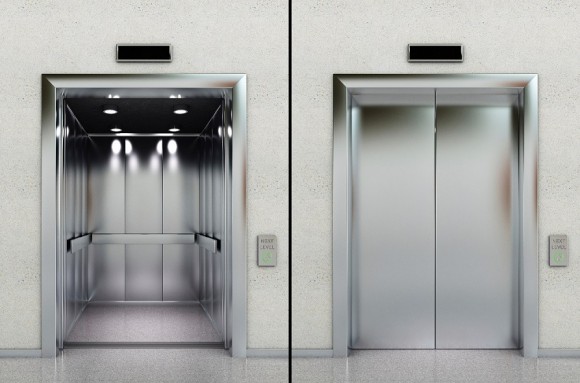So, here’s the deal: linear motion is the movement of energy in a straight line without any interruption. Unlike circular motion where the energy is in revolution; linear motion will always be in motion unless obstructed by friction. Linear Motion Systems (actuators) are mostly applied by engineers, designers, and manufacturing industries because of their guaranteed performance and they are easy to use. The system is useful in education in the following ways:
Compact Modules, this is a complete drive component and system control that is wholly functional and set to install. The linear axes are fixed by direct linear or ball coil. For example, the piston of an engine.
Linear Modules, the axis of these modules are fixed together from various components depending on the kind of the module. They are fixed by gear rack drives, ball coils or pneumatic systems. For example, the rack of a pinion
Feed Modules, these are modules appropriate for use in vertical axes applications and therefore they need less drive power due to their position and they perform perfect in considerable changeable positions. For example, a flag going up a pole:
Linear Motion sides, these motions consist of double linear shafts and bushings and end plates which help in quick and easy fitting to the substructure. Linear motion slides are always ready to mount. For example, an elevator:
Linear Drive Units, drive units are set to install axels which are mostly used in motors. They comprise of pillow block element, ball screw assembly and nut covering. For example, a toy train.
Benefits of linear motion systems (actuators) especially for education purposes are that they equip students who want to pursue engineering courses with the necessary skills early in advance.



